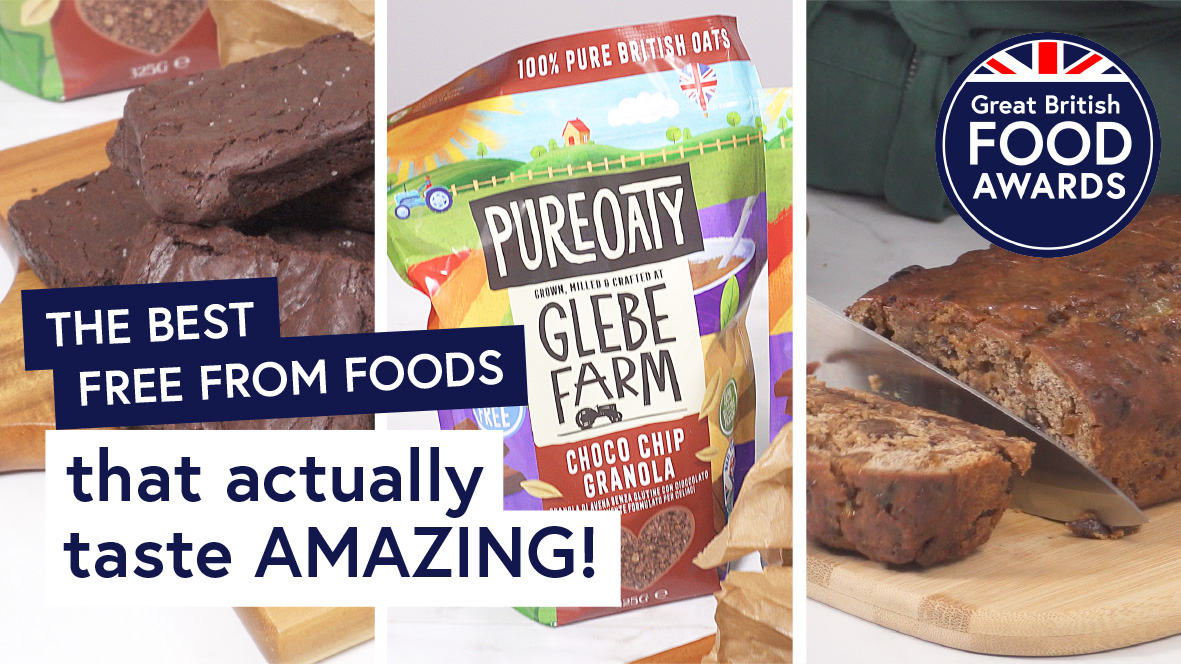How to make perfect pie pastry
Before we get started, let’s get something straight. We’re only concerned with proper pie here, so any impure thoughts you have about pastry lids, mashed potato toppings or strange lattices should be pushed to the dark recesses of your brain where they belong. Our pie needs to be entirely encased in pastry – otherwise it’s a beef stew with something plonked on top.
Suet is very traditional and in the dark, winter months sounds all warm and inviting, but unless you’re staving off a particularly harsh cold spell, it’ll render you bloated, lethargic and a nap on the sofa is inevitable. It’s too much stodge for our liking. Some fancier pies call for a shortcrust bottom and puff pastry top, but that means making (or, in the case of puff pastry, buying) two lots of pastry.
Puff pastry also doesn’t have the structural integrity of shortcrust, making it susceptible to collapse when encountering slicks of hot gravy. We think shortcrust, made with a good amount of butter (and beef dripping if you can find it) has all the crunch you need against the velvety gravy and sticky, melting beef. It’s also easy to make at home, which means you can add even more flavour with ingredients like mustard powder and thyme.
What's the best cut of beef for pie?
Despite being a ‘steak’ and ale pie, don’t be tempted to chop up a chateaubriand and chuck it in there – you want cuts that fall apart when cooked slowly. Luckily, these are often some of the cheapest to buy. The generic boxes of ‘casserole’, ‘braising’ or ‘stewing’ beef chunks (usually chuck) will do in a pinch, but for real flavour and fantastic texture beef shin is the best. Brisket and short rib are very nice, but they tend to fall apart too much, turning into a tangled web of meat (like pulled pork) – we like chunks of beef that hold together until you bite into them, where they flake apart with ease.
You want to cut the beef into relatively large cubes – not so big they’ll bob around like meaty icebergs in an ocean of gravy, but not so small they’ll melt into it. Around 3cm cubes are a good size to aim for, but don’t get the ruler out; a centimetre either side isn’t going to hurt.
It’s important to fry off the beef first, too – dredge the cubes thoroughly in well seasoned flour to stop the juices leaking out, and brown them, in small batches, in a very hot frying pan until they’re really, really dark, crispy and caramelised all over. We think this makes all the difference to the final flavour – those sticky, burnt bits on the bottom of the pan are just begging to be scraped up with a spatula once you pour in the ale.
Making gravy for beef pie
The most important part of the pie, in our opinion – the glue that holds all the delicious meat and buttery pastry together. Cooking the sauce down is vital – we like it to have a really thick consistency, holding fast after you’ve cut the pie up. There’s something a bit sad about receiving a slice, only for all the filling to slop out onto the plate.
The best beer for beef pie
To be honest, as long as you’re using a proper ale rather than an industrially-produced lager, any ale will work quite well. Your best bet is to pick something dark and sweet, but not a very heavy stout, which can add a bitter flavour – a porter fits nicely. But there’s no one bottle that’s going to match better than the rest, so just go for one you like, made by a local brewery, that’s on the darker side of the spectrum.
The best stock to use for beef pie
If ale adds sweetness, then stock brings out the meaty, savoury notes. Try to stay away from crumbled stock cubes if you can (far too salty and overpowering) – if you’re not quite up to making your own from scratch, then at least splash out on one of the chilled bags of readymade liquid.
The other essential ingredients for a perfect beef and ale pie
While pastry, beef and a gravy to bring it all together technically ticks all the boxes, the addition of a few more ingredients – depending on how much of a purist you want to be – only adds to the fun.
Worcestershire sauce: Is there a hearty meat dish in the world that doesn’t benefit from a few good slugs of this amazing ingredient? We can’t think of one. It’ll highlight the flavour of the beef and add a welcome depth of umami-filled flavour.
Brown sugar: Just a little will boost the beer’s malty sweetness and help balance everything out. If you think the sauce needs lifting, you can also add a dash of red wine vinegar – just make sure you taste the gravy first to see if it needs it.
Caramelised onions: These are an obvious choice – you want dark brown, unctuous, sweet, sticky slices, not translucent, half cooked lumps. If you can find them, throwing in a few whole, peeled pearl onions adds little bursts of sweetness, too.
Carrots: This might cause some traditionalists to raise their eyebrows, but we think they complement the beef perfectly without drawing attention away from it. It’s nice to leave these with a bit of bite, but keep the dice nice and small. They should assimilate themselves into the sauce.
You might also like to add
Bacon: Smoked lardons season the gravy beautifully, but can overpower the beef.
Tomato puree: Adds a tangy richness to the gravy.
Red wine: Nice, but this is where your pie starts to turn into a sort of pastry-encrusted beef bourguignon.
Mushrooms: Baby button mushrooms, left whole, add a nice texture.


